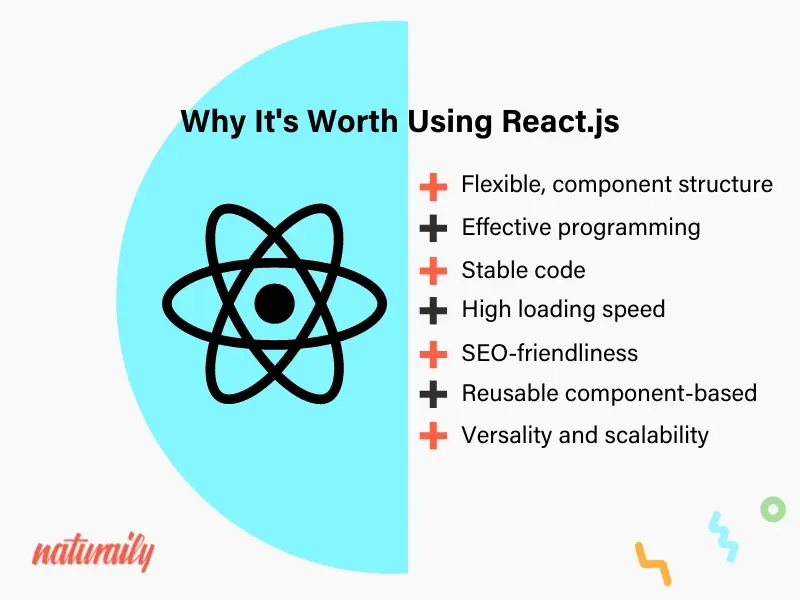The Daily Insight
Stay updated with the latest news and insights.
React: Where Components Meet Chaos
Dive into the delightful chaos of React components! Uncover tips, tricks, and hacks for mastering your next project with ease.
Understanding React Components: The Building Blocks of Modern Web Apps
React components are the fundamental units of any React application, serving as reusable building blocks that encapsulate both logic and UI. By understanding how to create and manage these components, developers can construct dynamic user interfaces efficiently. Each component can be thought of as a self-contained module that accepts inputs, known as props, and may manage its own state. This modular approach not only enhances code maintainability but also fosters collaboration among team members, as different developers can work on separate components simultaneously.
Components can be classified into two main categories: functional components and class components. Functional components are simpler and primarily focus on rendering UI elements based on props, while class components can manage their own state and lifecycle methods. Additionally, components can be nested and composed, allowing developers to build complex user interfaces from simple, reusable pieces. Understanding React components and their interactions is essential for developing robust and scalable applications and leveraging the full power of the React ecosystem.

Navigating the Chaos: Best Practices for Managing State in React
Managing state in React can often feel overwhelming, especially as your application grows in complexity. To navigate the chaos, it's essential to adopt best practices that ensure your components remain clean and maintainable. One effective approach is to use React's built-in state management via hooks like useState and useReducer. By organizing your state into manageable chunks, you can ensure that updates are predictable and your component logic remains straightforward. Additionally, consider using context for global state management; this helps in avoiding prop drilling and allows for cleaner component hierarchies.
Another vital practice in managing state effectively is to minimize the amount of state you keep in your components. Instead, leverage derived state when possible, as it reduces the complexity and potential for bugs. Moreover, utilizing custom hooks can enable you to encapsulate and reuse stateful logic across different components, promoting the DRY (Don't Repeat Yourself) principle. In conclusion, by following these best practices, you can create a more organized and efficient state management strategy within your React applications, ultimately leading to a smoother development process and improved application performance.
Common Pitfalls in React Development: How to Avoid Component Chaos
When developing applications with React, one of the most common pitfalls is component chaos. This occurs when developers create too many components or overly complex component hierarchies that become difficult to manage. To avoid this, it’s essential to adhere to the principle of component reusability. Ensure that each component serves a specific purpose and can be reused across different parts of your application. Additionally, leveraging tools like React DevTools can help monitor component performance and identify unnecessary re-renders, which often lead to inefficiencies.
An equally significant pitfall in React development is neglecting the importance of state management. When components become increasingly intertwined without clear separation of state, developers may find themselves in a tangled mess of props and callbacks. To avert this issue, consider utilizing state management libraries such as Redux or Context API to centralize and simplify state sharing across components. Keeping your component states manageable not only prevents component chaos but also enhances overall application performance and maintainability.